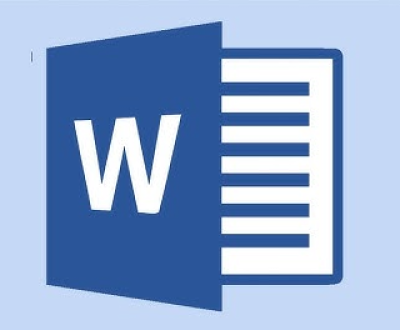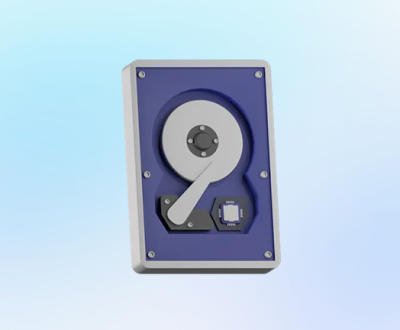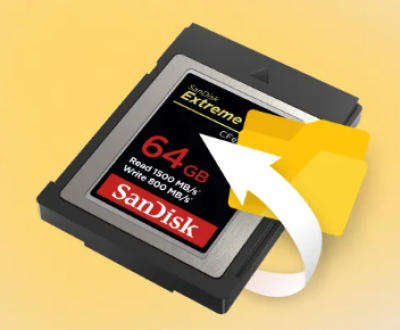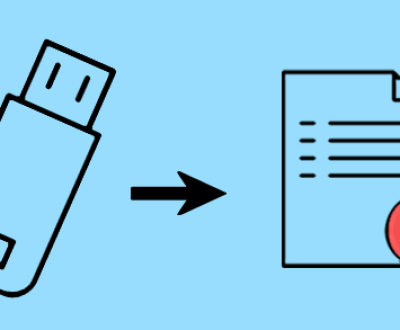1. Recover deleted Microsoft Word documents
Losing a Microsoft Word document can be a frustrating experience, especially if it was an important project, assignment, or report. Whether it was deleted accidentally, due to a system crash, or as a result of human error, there’s still a good chance you can recover it. Fortunately, Microsoft Word and modern operating systems provide built-in tools and recovery options that can help you restore deleted files.
2. Check the Recycle Bin (Windows)
If you’ve accidentally deleted a Word document, the first place you should check is the Recycle Bin. When a file is deleted on a Windows computer, it typically gets moved to the Recycle Bin, and it remains there until it is permanently removed.

Steps to recover deleted Word documents from the Recycle Bin:
Open the Recycle Bin: Double-click the Recycle Bin icon on your desktop to open it.
Search for your document: Browse through the files or use the search bar to locate your deleted Word document.
Restore the file: Right-click on the file and select Restore. The file will be restored to its original location.
3. Check the Recent Files List in Word
Microsoft Word automatically saves a list of recently opened documents. If your file was recently opened before being deleted, you might be able to open it from Word’s recent files list.
Steps to check recent files in Word:
Open Microsoft Word.
Go to the File tab in the top-left corner of the window.
Select Open and then Recent.
Look for your document in the list of recent files.
If you find the document, click on it to open it.
If the document is listed here but no longer available on your computer, it might still be recoverable from Word’s temporary file locations.
4. Use Word’s AutoRecover Feature
Microsoft Word has an AutoRecover feature that saves a backup copy of documents you’re working on at regular intervals. If your document was closed unexpectedly or the program crashed, this feature could help you recover it.
Steps to recover a Word document using AutoRecover:
Open Microsoft Word and click on File.
Select Open, then scroll down to Recent.
At the bottom of the Recent Documents list, select Recover Unsaved Documents.
A list of unsaved Word files will appear. Look for your document and select it to open.
If you find the document, save it to a new location immediately.
AutoRecover files are typically saved in a hidden folder on your computer, and if Word was able to automatically save your work, you can find these backups.
5. Search for Word Backups in Word Settings
Word also creates backup copies of documents, depending on your settings. You can configure Word to always save a backup copy of each document. If you’ve set Word to do this, you can recover a backup copy.
Steps to find backup copies of Word documents:
Open File Explorer (Windows) or Finder (macOS).
Go to the folder where you last saved the document, or search for it using the search function.
Look for files with the extension .wbk. These are Word backup files.
Open the backup file in Word and save it to a new location.
6. Check the OneDrive or Other Cloud Storage
If your Word document was saved to a cloud storage service such as Microsoft OneDrive, Google Drive, or Dropbox, you might be able to restore it directly from the cloud.
Steps to restore a Word document from OneDrive:
Open your browser and go to the OneDrive website.
Sign in to your account.
Browse to the folder where your document was stored or use the search bar to find it.
If the document was deleted, check the Recycle Bin in OneDrive.
Select the document and click Restore to recover it to its original location.
For other cloud services like Google Drive or Dropbox, the process is similar. You can restore deleted files directly from their respective web interfaces.
7. Use a File Recovery Tool
Panda Assistant goes beyond just recovery. It also offers preventive features, such as file shredding, to ensure that sensitive data is securely deleted and cannot be recovered by unauthorized users. This makes it an essential tool for individuals and organizations looking to maintain the privacy and integrity of their data.
Another key advantage of Panda Assistant is its ability to perform deep scans. If you can’t find a file using the quick scan, you can opt for a deep scan that searches for traces of deleted files at a more granular level. This increases the chances of recovering files that might otherwise be lost permanently.
The software supports both Windows and macOS platforms, and it comes with a free version that allows users to scan their devices and preview recoverable files. For full recovery, users can purchase the premium version, which offers additional features like unlimited file recovery and technical support.
8. Restore from a Previous Version (Windows)
If you are using Windows, you may have the option to restore a previous version of the folder where your Word document was saved. This is particularly useful if you regularly back up your files using File History.
Steps to restore a previous version of a file:
Right-click on the folder where the Word document was saved.
Select Restore previous versions from the context menu.
A list of available previous versions will appear. Select the version you want to restore from and click Restore.
The previous version of the folder will be restored, including your deleted Word document.
9. Use Time Machine (macOS)
If you are using a Mac, Time Machine is a built-in backup feature that might help you recover deleted Word documents. Time Machine automatically backs up your entire system, including files, applications, and settings, making it easy to restore a previous version of your document.
Steps to recover deleted Word documents using Time Machine:
Connect your Time Machine backup drive (if not already connected).
Open the folder where your deleted document was last saved.
Click on the Time Machine icon in the menu bar and select Enter Time Machine.
Use the timeline on the right to go back in time and find the version of the folder where the document existed.
Select the document and click Restore.
10. Use Professional Data Recovery Services
If none of the above methods work, and the document is still missing, your last option may be to contact a professional data recovery service. These services use advanced techniques to recover data from damaged or corrupted drives.
When to consider professional data recovery:
If your hard drive is physically damaged.
If the file is not recoverable using software tools.
If you don’t want to risk overwriting the data with further attempts.
These services can be costly, but if the document is critical, it may be worth the investment.
11. Prevent Future Data Loss
Once you’ve successfully recovered your deleted Word document, it’s a good idea to take steps to prevent future data loss. Here are some useful tips:
Use Cloud Storage: Save your documents to cloud storage services like OneDrive, Google Drive, or Dropbox. This ensures that you always have a backup.
Enable AutoSave: In Microsoft Word, enable the AutoSave feature to save your document every few seconds automatically.
Create Regular Backups: Use built-in backup tools like File History (Windows) or Time Machine (Mac) to regularly back up your files.
Save Versions: Use version control features in Word or cloud services to save different versions of your documents.
About us and this blog
Panda Assistant is built on the latest data recovery algorithms, ensuring that no file is too damaged, too lost, or too corrupted to be recovered.
Request a free quote
We believe that data recovery shouldn’t be a daunting task. That’s why we’ve designed Panda Assistant to be as easy to use as it is powerful. With a few clicks, you can initiate a scan, preview recoverable files, and restore your data all within a matter of minutes.
Subscribe to our newsletter!
More from our blog
See all postsRecent Posts
- How to recover deleted word document 2025-07-09
- How to recover deleted photos on sd memory card 2025-07-09
- How to recover completely deleted files 2025-07-09

 Try lt Free
Try lt Free Recovery success rate of up to
Recovery success rate of up to









